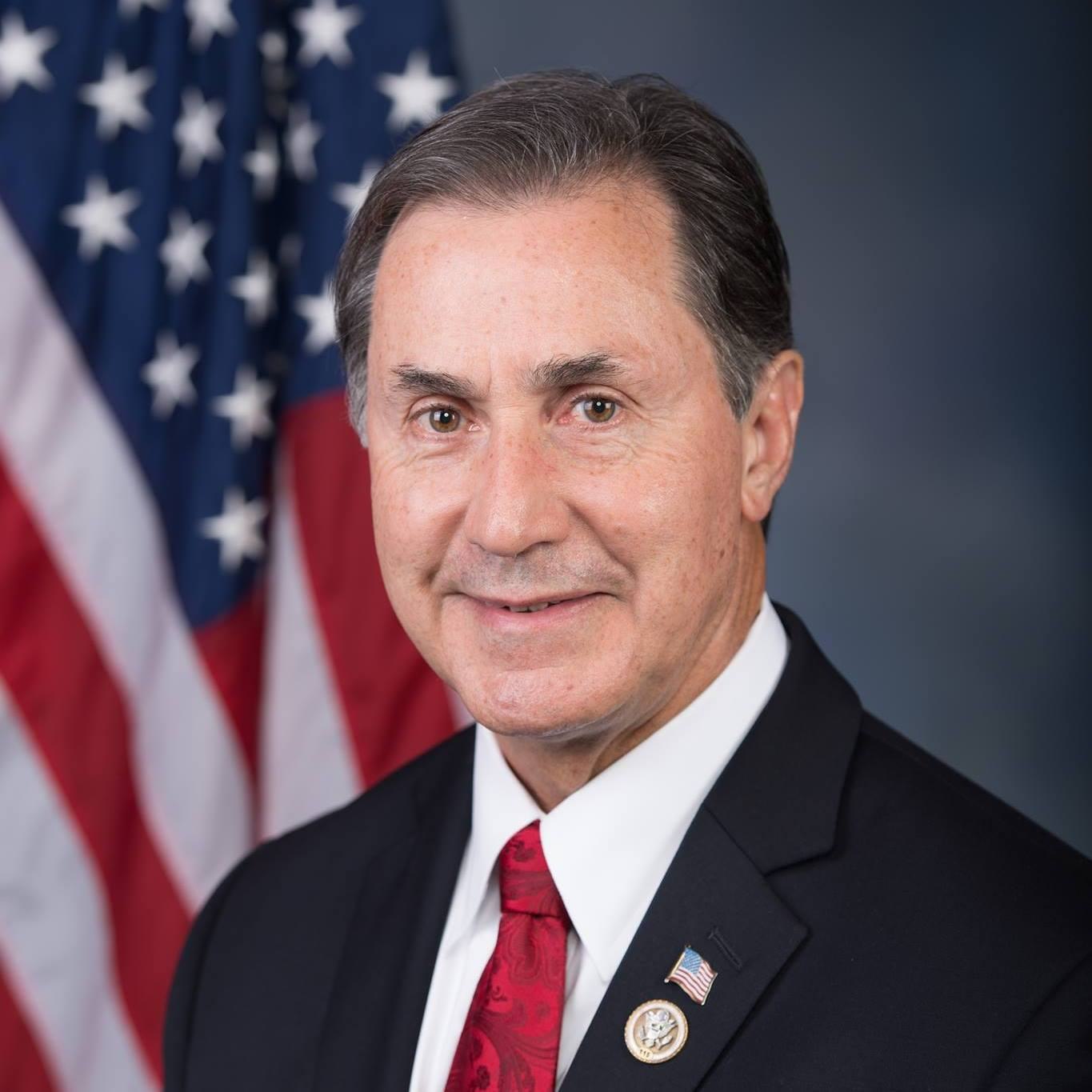The U.S. Supreme Court on Thursday limited how the nation’s main anti-air pollution law can be used to reduce carbon dioxide emissions from power plants.
By a 6-3 vote, with conservatives in the majority, the court said that the Clean Air Act does not give the Environmental Protection Agency (EPA) broad authority to regulate greenhouse gas emissions from power plants that contribute to global warming.
The court’s ruling could complicate the Biden administration’s plans to combat climate change. Its detailed proposal to regulate power plant emissions is expected by the end of the year. Though the decision was specific to the EPA, it was in line with the conservative majority’s skepticism of the power of regulatory agencies and it sent a message on possible future effects beyond climate change and air pollution.
Congressman Gary Palmer (AL-06) released a statement supporting the ruling.
“Today’s Supreme Court decision to rein in the EPA in regard to the agency’s overreach in regulating greenhouse gases under the Clean Air Act is a long-overdue recognition by the Court that there are limits to the EPA’s authority to legislate through regulation,” Palmer said. “Former Rep. John Dingell, the Democrat who helped write the Clean Air Act, stated the EPA was outside of its authority by imposing new rules on greenhouse gas coming from power plants during the Obama Administration. This ruling is consistent with my Stopping EPA Overreach Act I introduced in 2017, which would make it clear the EPA does not have the authority to regulate greenhouse gases and that would reassert the responsibility of Congress to make law. American families are struggling with inflationary regulatory costs imposed by unelected bureaucrats at the EPA and other federal agencies.
"Americans didn’t elect the bureaucrats at the EPA to issue inflationary regulations that destroy jobs, increase energy prices and drive up the cost of living. I am grateful for the Supreme Court’s decision reining in the EPA’s overreach.”
President Joe Biden aims to cut the nation’s greenhouse gas emissions in half by the end of the decade and to have an emissions-free power sector by 2035. Power plants account for roughly 30% of carbon dioxide output.
“Capping carbon dioxide emissions at a level that will force a nationwide transition away from the use of coal to generate electricity may be a sensible ‘solution to the crisis of the day,’” Chief Justice John Roberts wrote in his opinion for the court.
But Roberts wrote that the Clean Air Act doesn’t give EPA the authority to do so and that Congress must speak clearly on this subject.
“A decision of such magnitude and consequence rests with Congress itself, or an agency acting pursuant to a clear delegation from that representative body,” he wrote.
In a dissent, Justice Elena Kagan wrote that the decision strips the EPA of the power Congress gave it to respond to “the most pressing environmental challenge of our time.”
Kagan said the stakes in the case are high. She said, “The Court appoints itself — instead of Congress or the expert agency — the decisionmaker on climate policy. I cannot think of many things more frightening.”
The court held that Congress must speak with specificity when it wants to give an agency authority to regulate on an issue of major national significance.
Several conservative justices have criticized what they see as the unchecked power of federal agencies.
The Associated Press contributed to this report.










